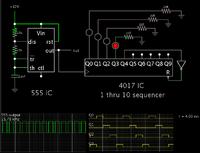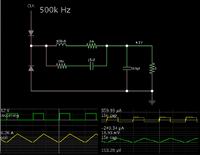vinayakdabholkar
Advanced Member level 4
The multiphase converter needs interleaving for phases
so can anybody suggest me circuitry for giving a signal with phase shift to each converter
I require to introduce 90,180,270 degree phase shift
please help
so can anybody suggest me circuitry for giving a signal with phase shift to each converter
I require to introduce 90,180,270 degree phase shift
please help


